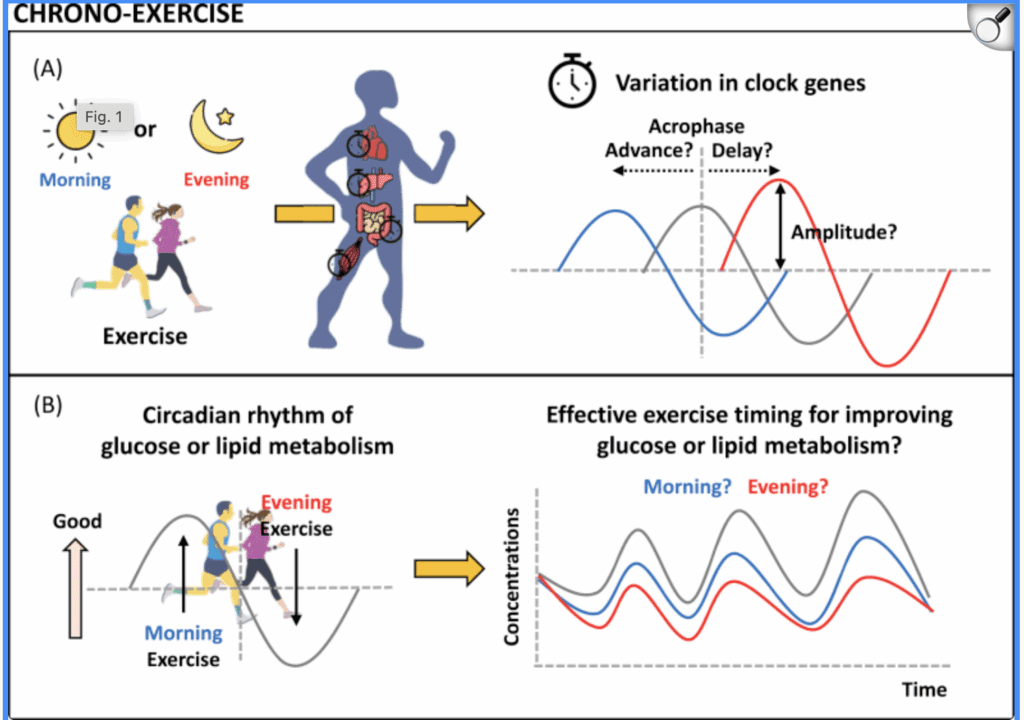How Exercise, Especially at the Right Time and in the Sun, Can Naturally Boost GLP-1
Natural Weight Loss is Possible
We’ve all heard about GLP-1 lately, the hormone behind the buzz of medications like Ozempic and Wegovy. What’s often overlooked is that your body is fully capable of producing and regulating GLP-1 on its own.
With the right movement, timing, and sunlight, you can naturally support this hormone and activate your body’s built-in pathways for energy, appetite balance, and longevity.

Movement is Medicine
Exercise is one of the most powerful natural ways to increase GLP-1. Both moderate-intensity movement, around 50 to 75 percent of your maximum heart rate, and higher-intensity exercise, around 85 to 90 percent, have been shown to raise GLP-1 levels after a single session.
But it’s not just about the immediate boost. Regular movement trains your cells to become more responsive. Over time, your GLP-1 secreting L-cells, found in the gut, become more sensitive, releasing GLP-1 more efficiently when you need it most, such as after meals. This supports better blood sugar regulation, steadier energy, and a more balanced appetite.
The mechanism isn’t fully understood, but part of the magic seems to come from changes in gut motility and gastric emptying, which help the body metabolize food with more ease.
There’s also a link between your gut microbiome and GLP-1, and exercise helps promote beneficial bacteria, and boosts butyrate production.
The Power of Timing
Like most hormones, GLP-1 follows a natural rhythm throughout the day. It’s influenced by when you move, eat, and rest. Exercising at a consistent time can help regulate this rhythm, syncing your internal clock to your daily energy cycles.
Training in the morning may enhance fat metabolism and metabolic flexibility, while afternoon sessions often improve performance and recovery. Over time, your body adapts, not only improving how you move, but how your hormones align with that movement.
Think of it as a dialogue between your body and your environment. The more consistent your patterns, the clearer that communication becomes.
Sunlight and Metabolism
We know sunlight impacts vitamin D and circadian rhythms, but it also plays a subtle role in metabolic hormones.
While direct research on sunlight’s effect on GLP-1 is limited, there’s evidence that exposure to natural light and shifts in temperature influence hormones like glucagon, a close relative of GLP-1, which supports energy balance and thermogenesis.
In other words, moving your body in natural light may do more than boost your mood. It may help your metabolism work more efficiently. Sunlight acts as a natural signal to your body that it’s time to be active, alert, and metabolically engaged.

Tap Into Your Body
Our bodies are designed to thrive with rhythm and connection, to movement, light, and the natural world.
To naturally support GLP-1, try this:
Move regularly. Combine strength, cardio, and recovery to challenge your body and regulate your hormones.
Stay consistent. Choose a time of day to train and honor it, your body thrives on rhythm.
Get outside. Sunlight, temperature shifts, and fresh air amplify your body’s natural hormone balance.
Rest deeply. Hormonal regulation depends on restorative sleep and nervous system balance.


Your Body Knows
Your body already knows how to create balance, it simply needs the right signals.
Exercise, timing, and sunlight are some of the most powerful ways to activate your innate ability to regulate appetite, energy, and metabolism.
This is the essence of what we teach at my startup Rêve Health, understanding your body’s unique rhythms, working with them, and creating alignment between your health and the life you want to live.
When you move with intention, in rhythm, in light, and in balance, you awaken your body’s own healing intelligence.



